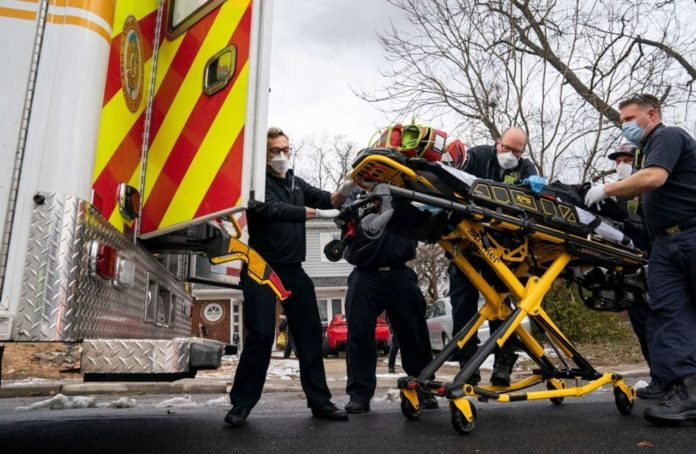While most individuals are aware that chest pain can indicate the existence of heart disease, fatigue and shortness of breath are potentially important heart disease symptoms.
Only 76 percent of heart attack patients who have dyspnoea or fatigue as their primary symptom survive a year, compared to 94 percent of those who have chest pain, says a new study.
Read more: When shortness of breath could signal you have heart problems
“Dyspnoea and extreme tiredness were more common heart attack symptoms in women, older people and patients with other conditions such as high blood pressure, diabetes, kidney disease and lung disease,” according to study author Dr. Paulo Medeiros. “While our study did not show that these symptoms cause poorer outcome, they were warning signs of greater risk.”
Although chest pain is the most common symptom of myocardial infarction, other symptoms like shortness of breath, upper abdominal or neck pain, or momentary loss of consciousness (blackouts) may warrant a trip to the emergency room. This study looked into which patients report unusual complaints and whether these symptoms have the same outcomes as chest discomfort.
Read More: Shortness of breath is more deadly than chest pain for heart patients – study shows
In this study, scientists looked at a type of heart attack called a non-ST-elevation myocardial infarction (NSTEMI), which happens when an artery that sends blood to the heart is blocked in part. Data from the Portuguese Registry of Acute Coronary Syndromes was used by the researchers. Between October 2010 and September 2019, 4,726 individuals aged 18 and up were admitted to the hospital with NSTEMI.
The average age of people who took part in the study was 68, and 71 percent were men. According to the onset of symptoms, patients were classified into three categories. The most prevalent presenting symptom was chest pain (4,313 patients; 91 percent), then dyspnoea/fatigue (332 patients; 7 percent), and syncope (332 patients; 7 percent) and syncope (81 patients; 2 percent ).
Dyspnoea/fatigue patients were much older than the other two groups, with an average age of 75 years compared to 68 years for chest pain patients and 74 years for syncope patients. Patients with dyspnoea/fatigue were also more likely to be women (42 percent) than those with chest pain (29 percent women) or syncope (37 percent women). There was a higher prevalence of high blood pressure, diabetes, chronic renal disease, and COPD in individuals who reported dyspnoea/fatigue as their primary complaint than in the other two groups.
Read more: Breathlessness heralds worse survival than chest pain for heart attack patients – warns study
At one year, the study measured the survival rates of the three groups. Patients with dyspnoea/fatigue had a one-year survival rate of 76 percent, compared to 94 percent in the chest pain group and 92 percent in the syncope group. In the year following their heart attack, 76 percent of patients with dyspnoea/fatigue avoided being admitted to the hospital for a cardiovascular reason, compared to 85 percent of patients with chest pain and 83 percent of patients with syncope.
The study author said: “Patients presenting with shortness of breath or fatigue had a worse prognosis than those with chest pain. They were less likely to be alive one year after their heart attack and also less likely to stay out of hospital for heart problems during that 12-month period.”
After then, the researchers used a multivariate analysis to see if chest pain, dyspnoea/fatigue, or syncope were all independent predictors of one-year survival. Age, COPD, atrial fibrillation, left ventricular ejection fraction, severe hemorrhage, and ventricular tachycardia were all taken into account. None of the symptoms were shown to be reliable predictors.
The author added: “Shortness of breath was more common among patients that died during the year after their heart attack. However, when considering all of the studied variables, the type of presenting symptom was not an independent predictor of mortality, meaning that we cannot specifically state that shortness of breath was the reason for the worse outcome. Poorer survival may be due to other factors in those patients, such as reduced heart pump function.”
Image Credit: Getty
You were reading: Two heart attack red flags may signal you’re at greater risk of dying early – not chest pain
